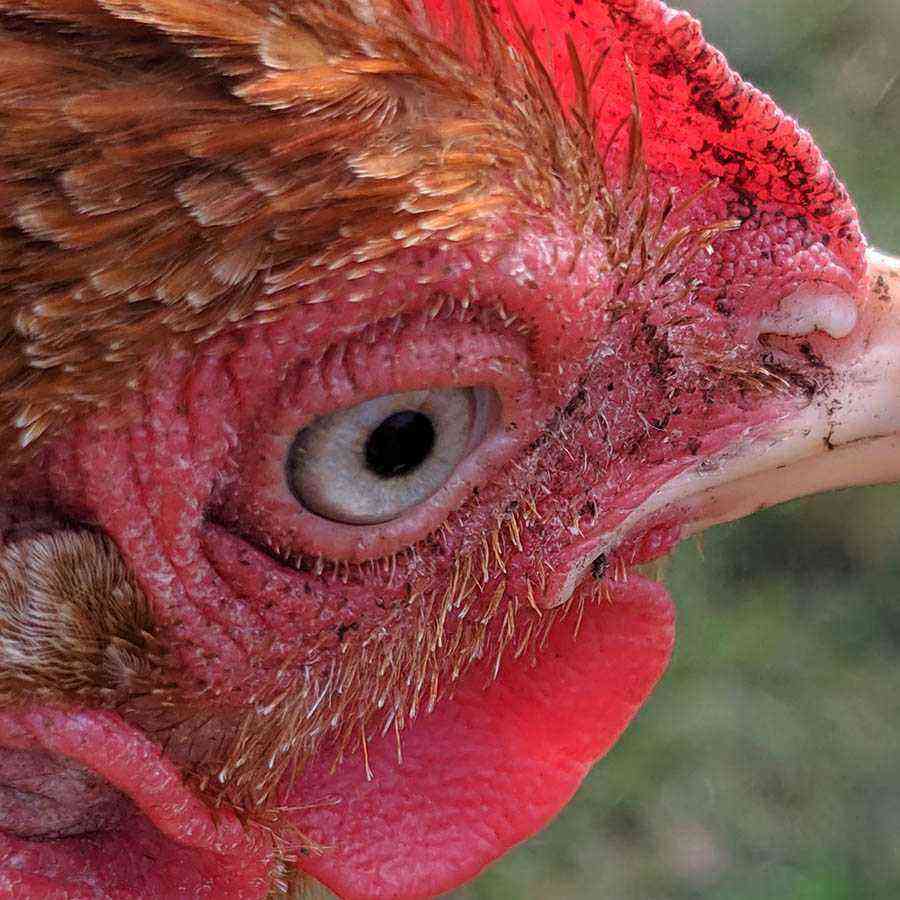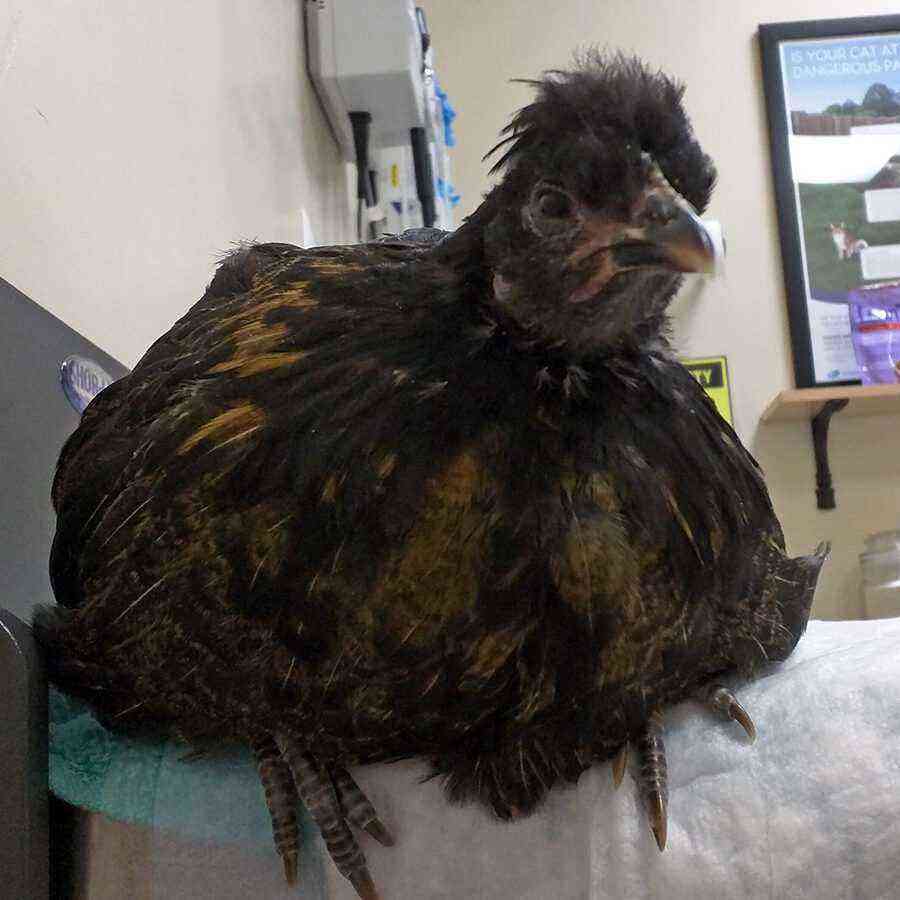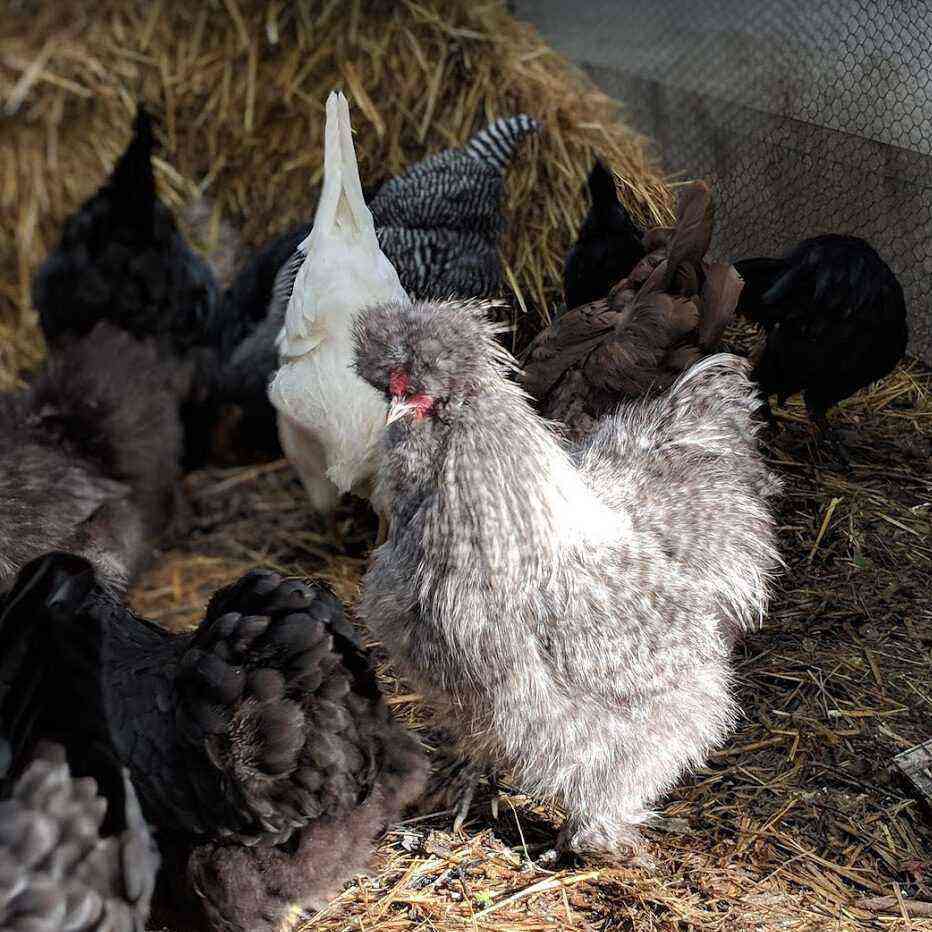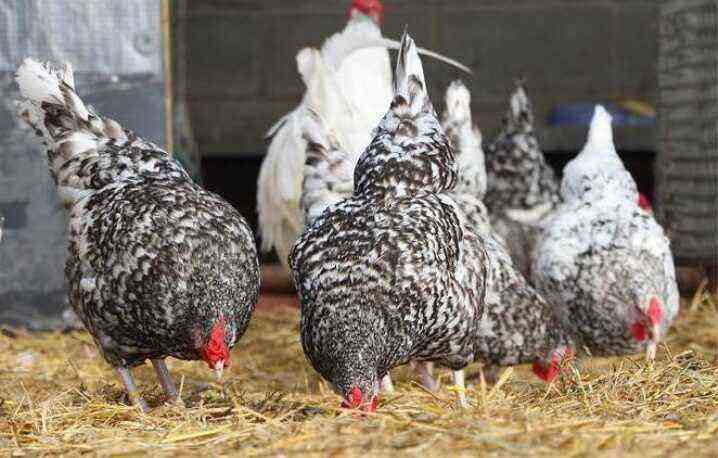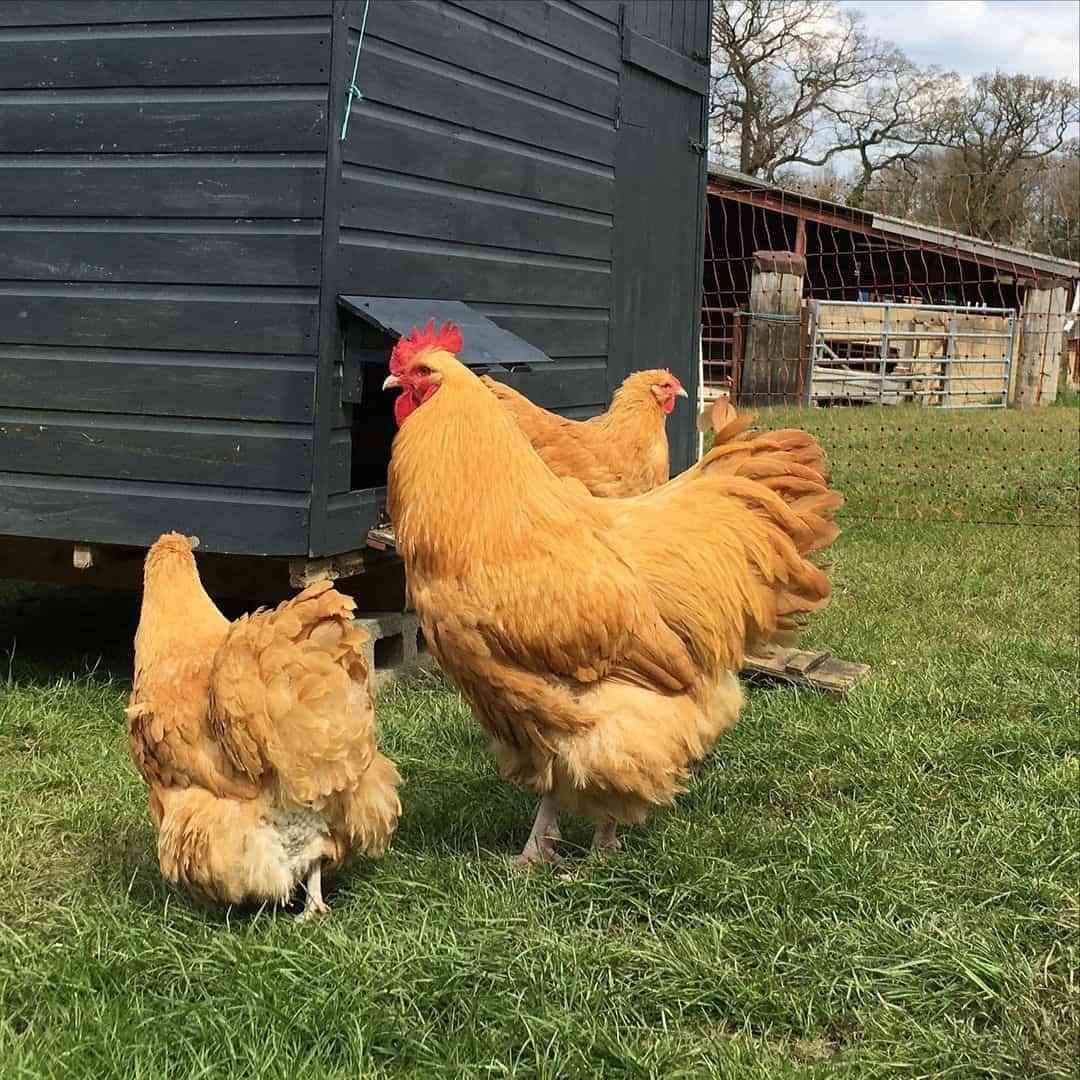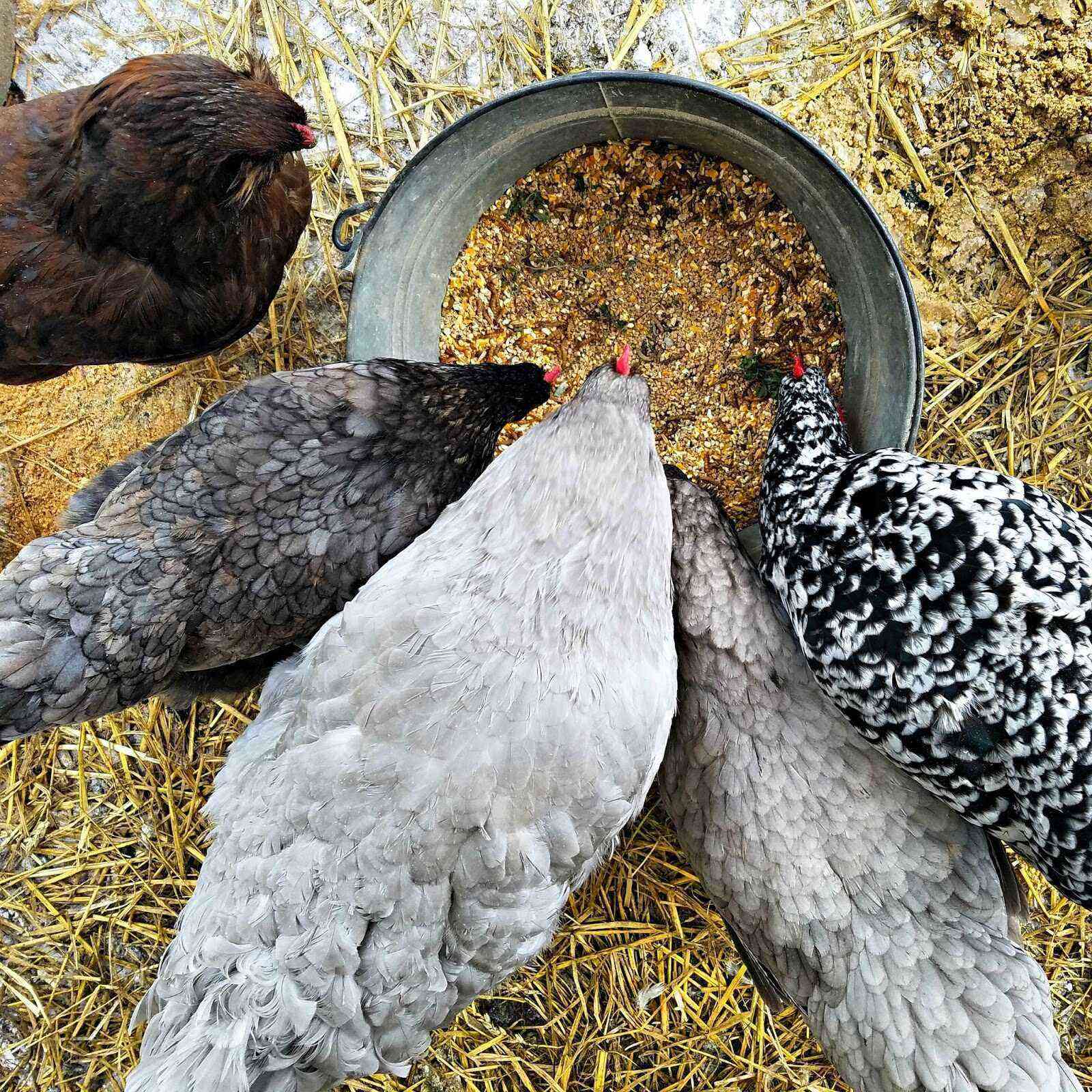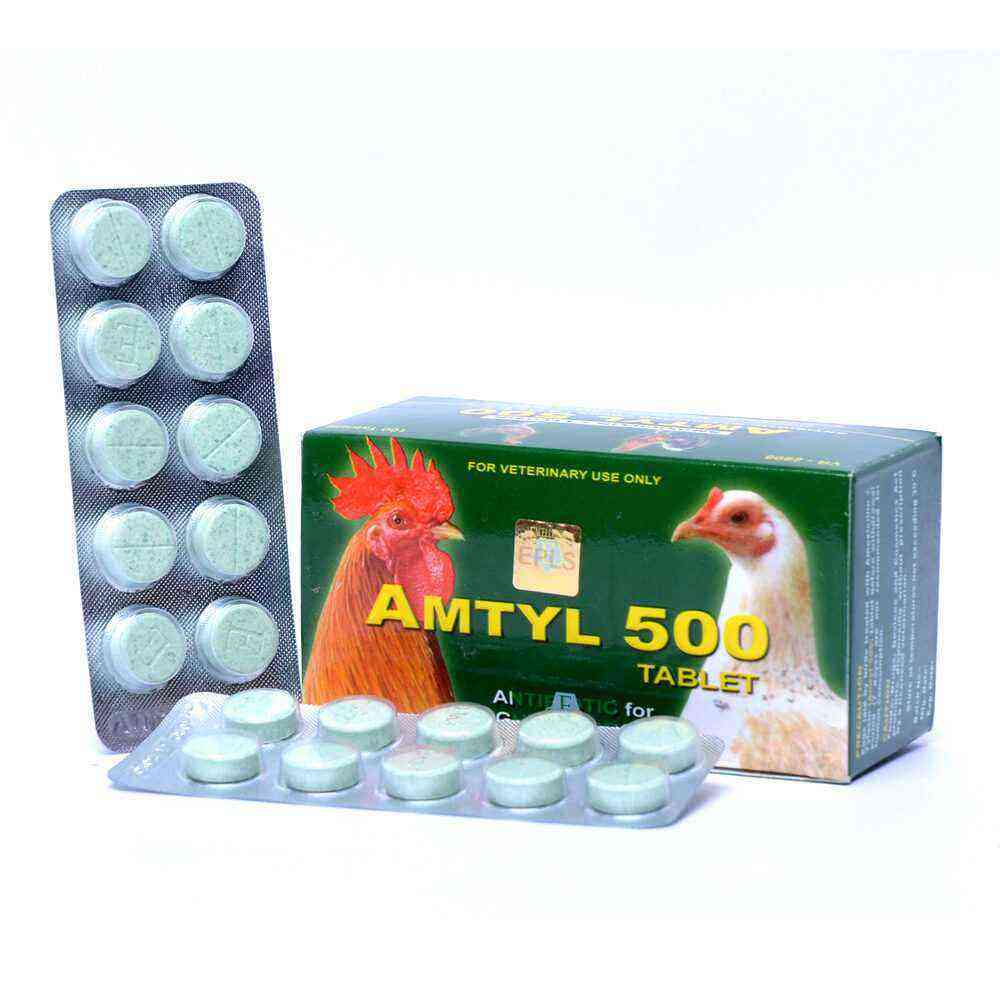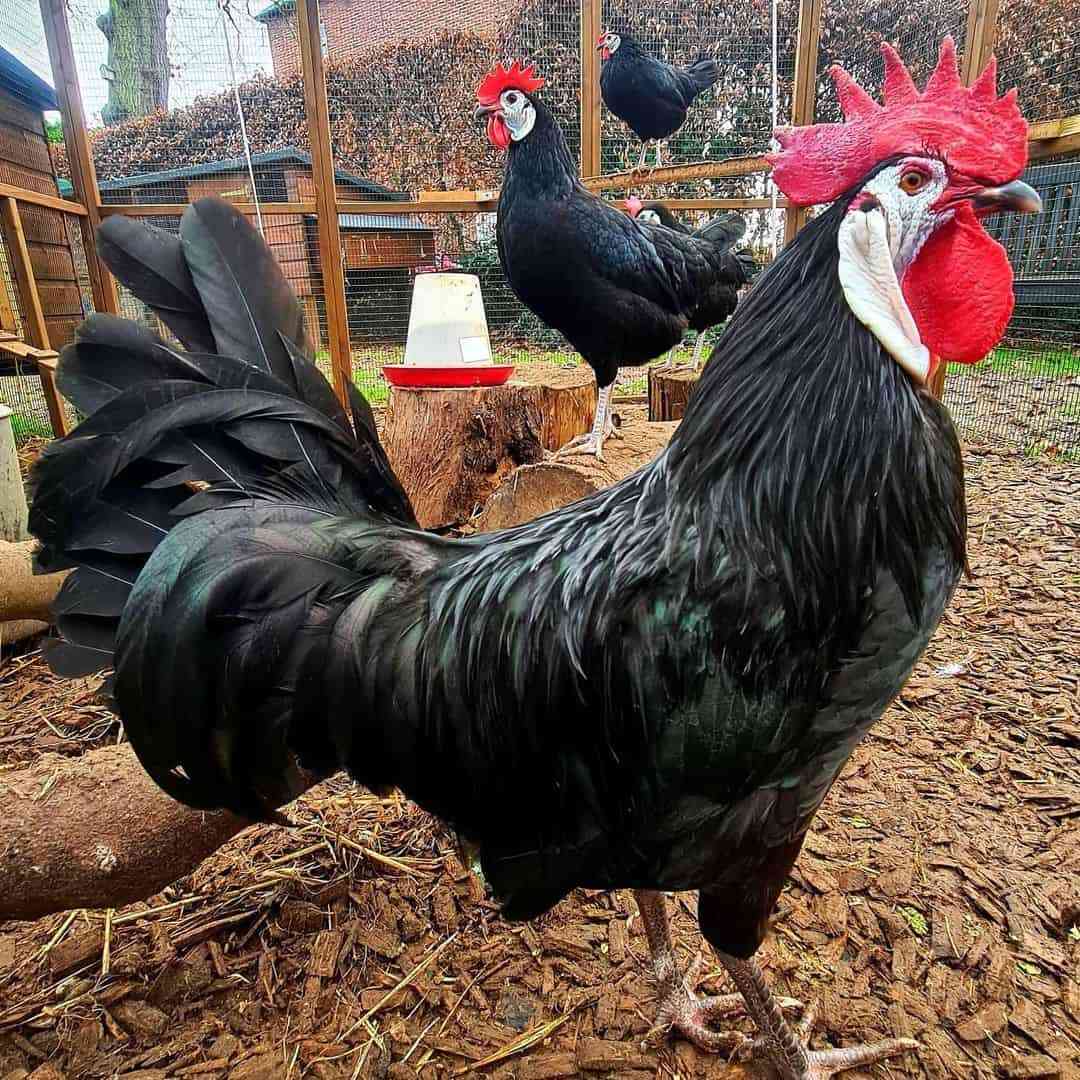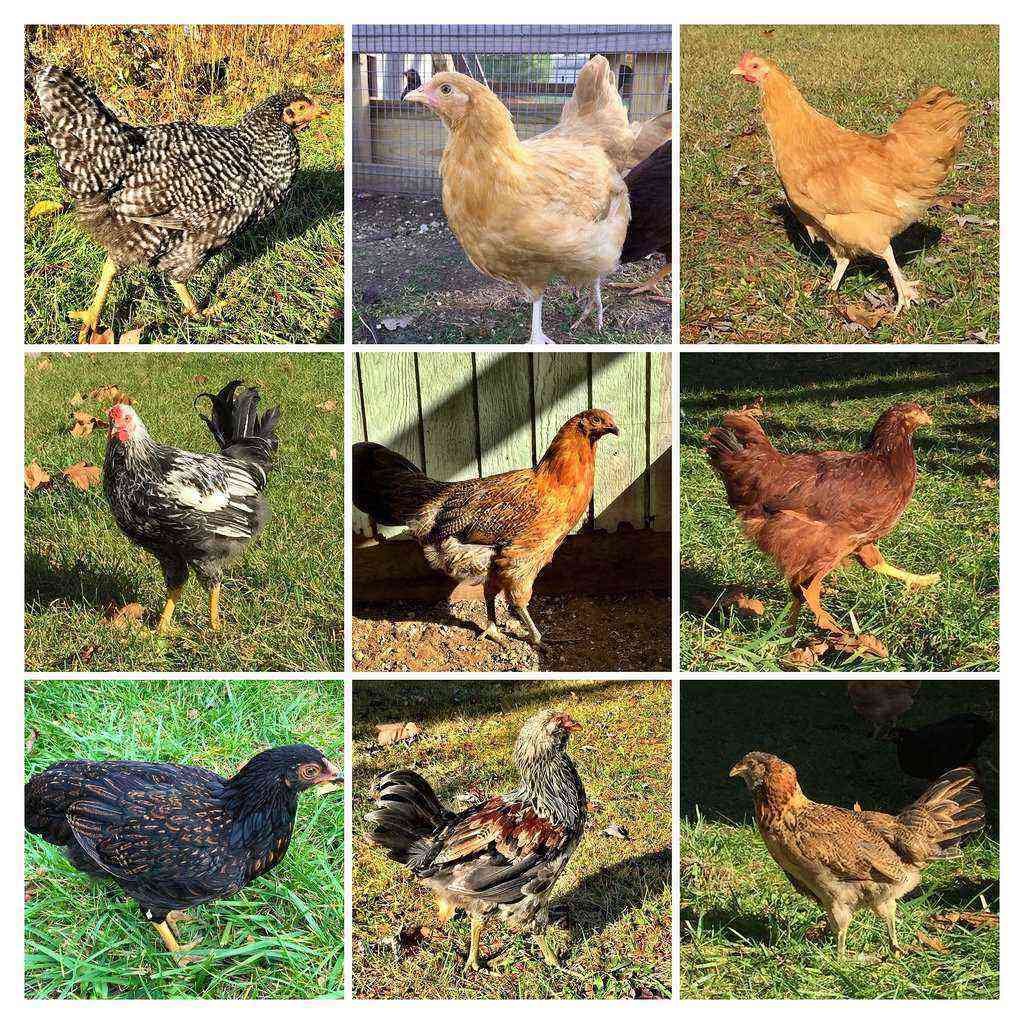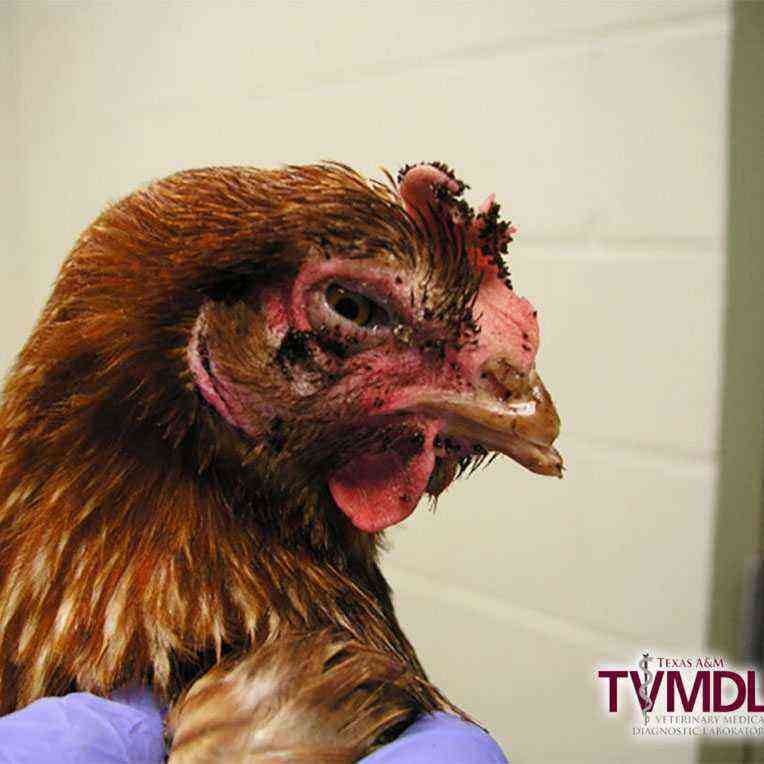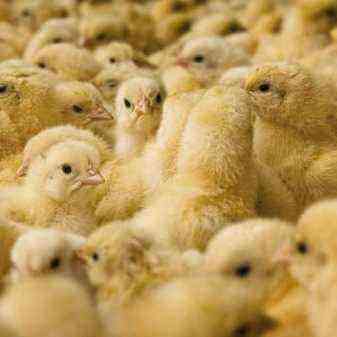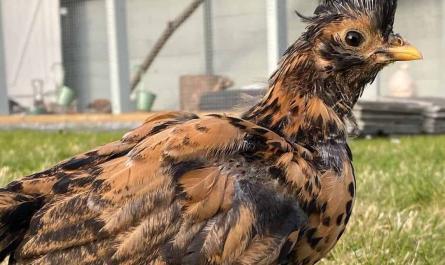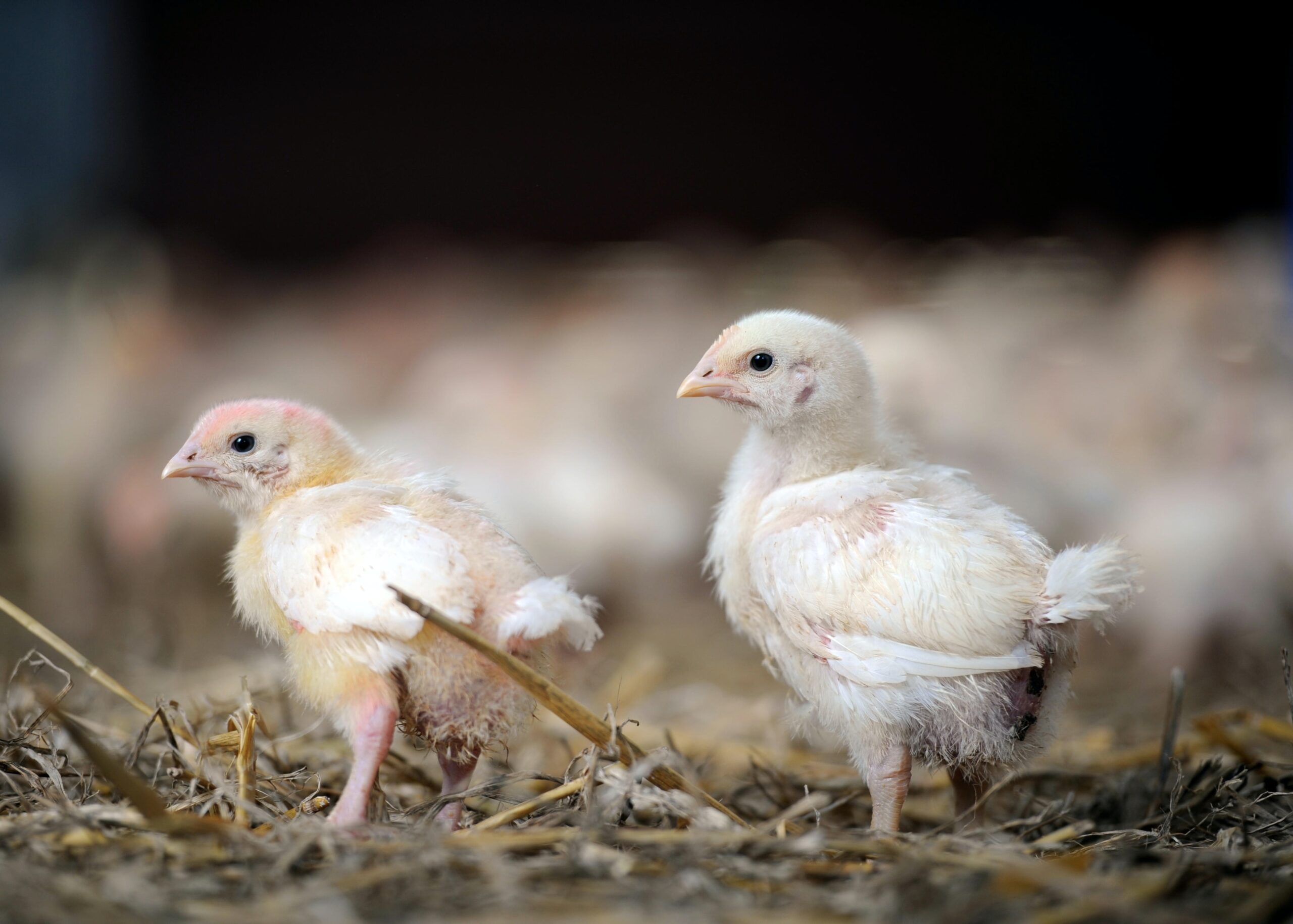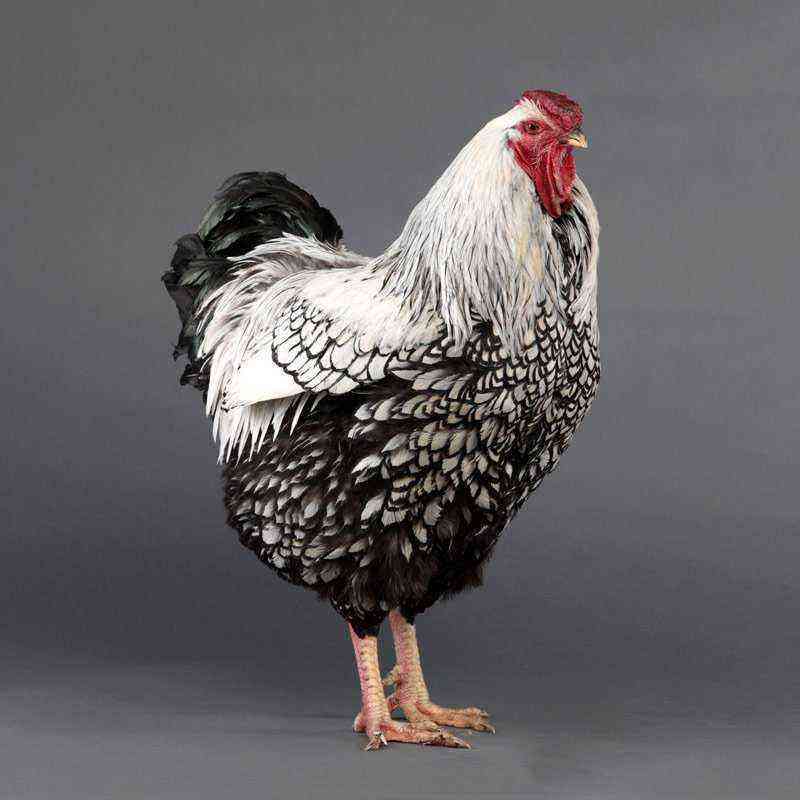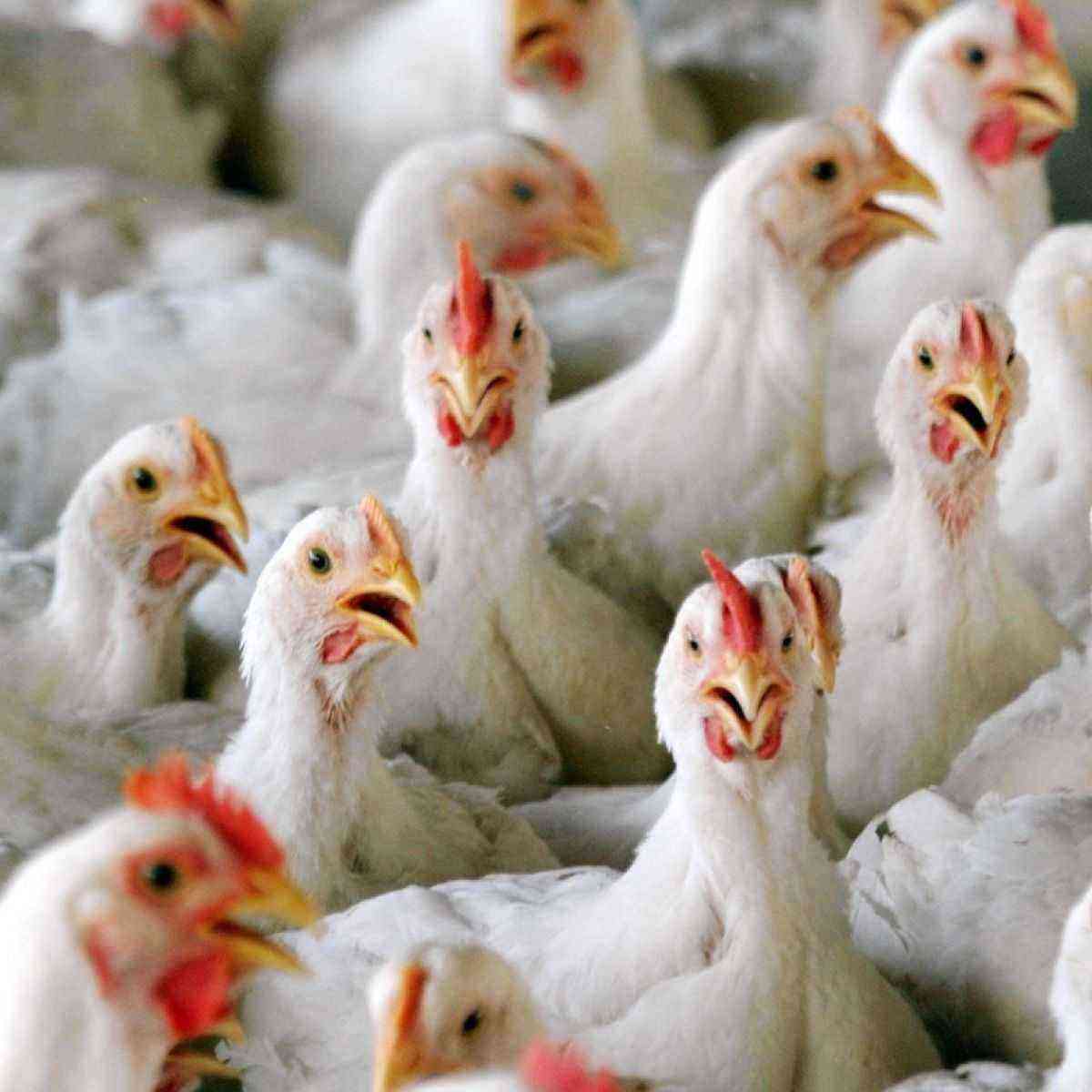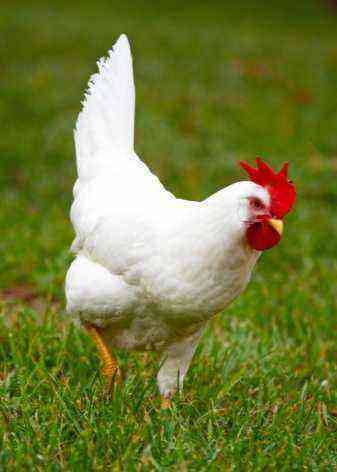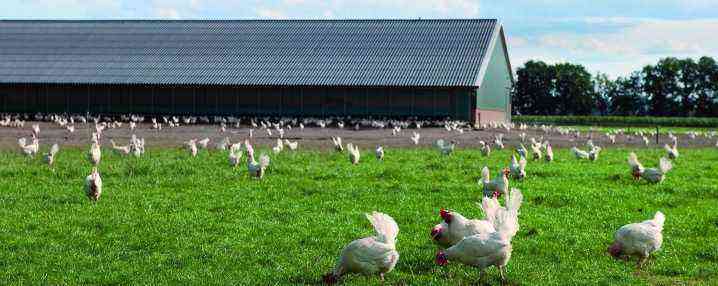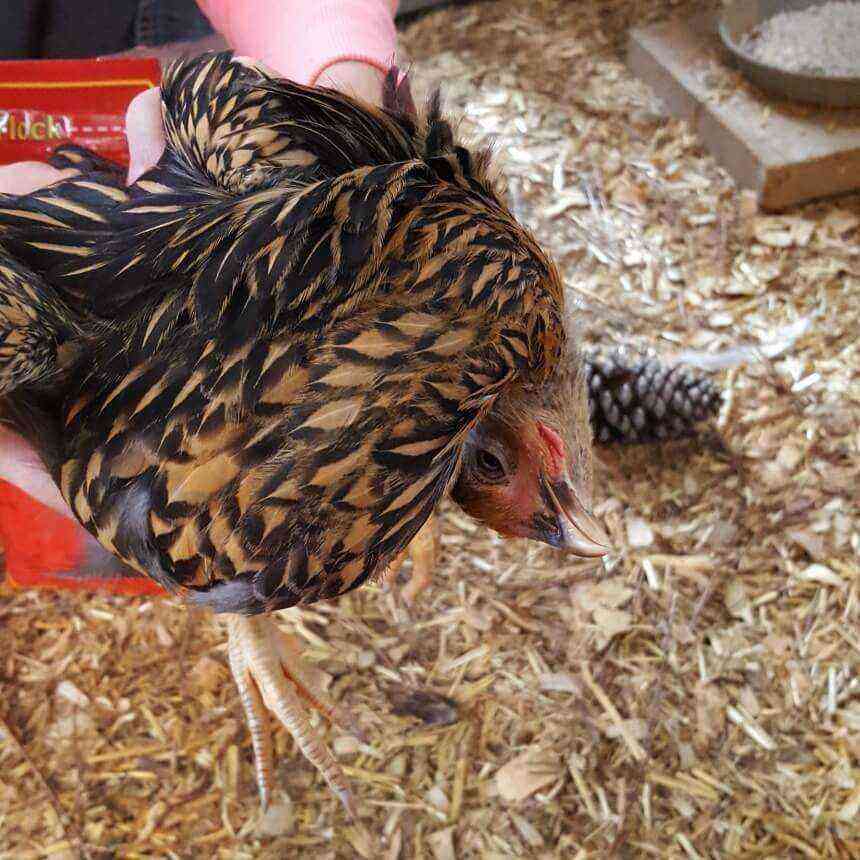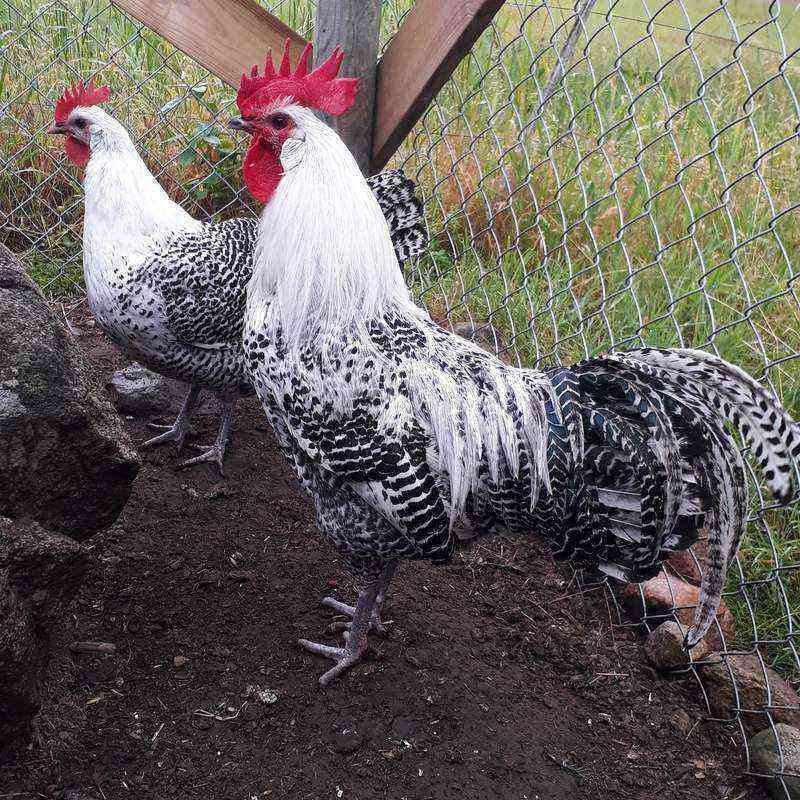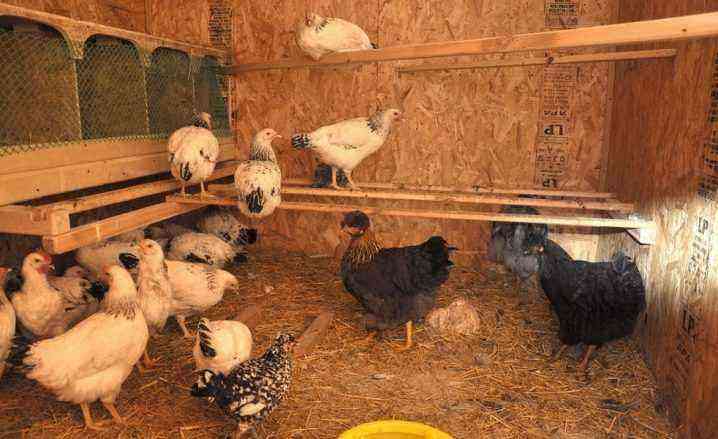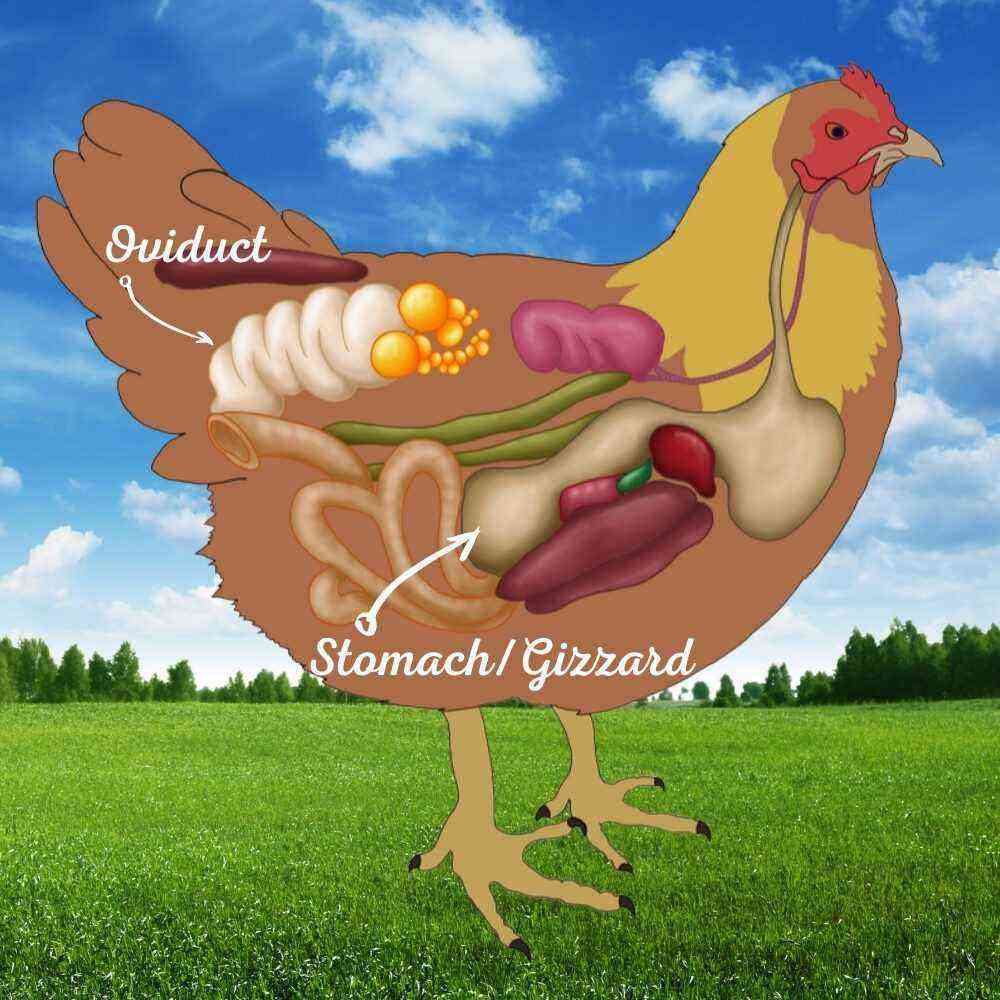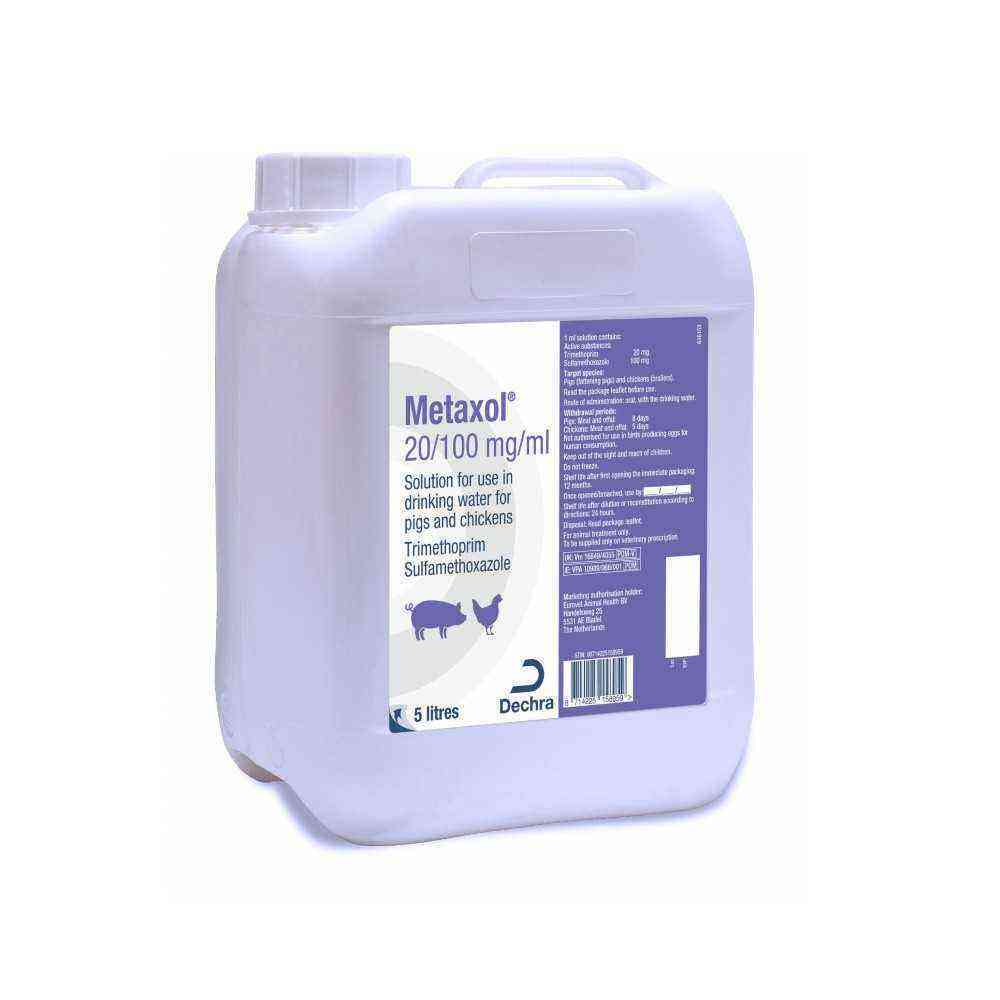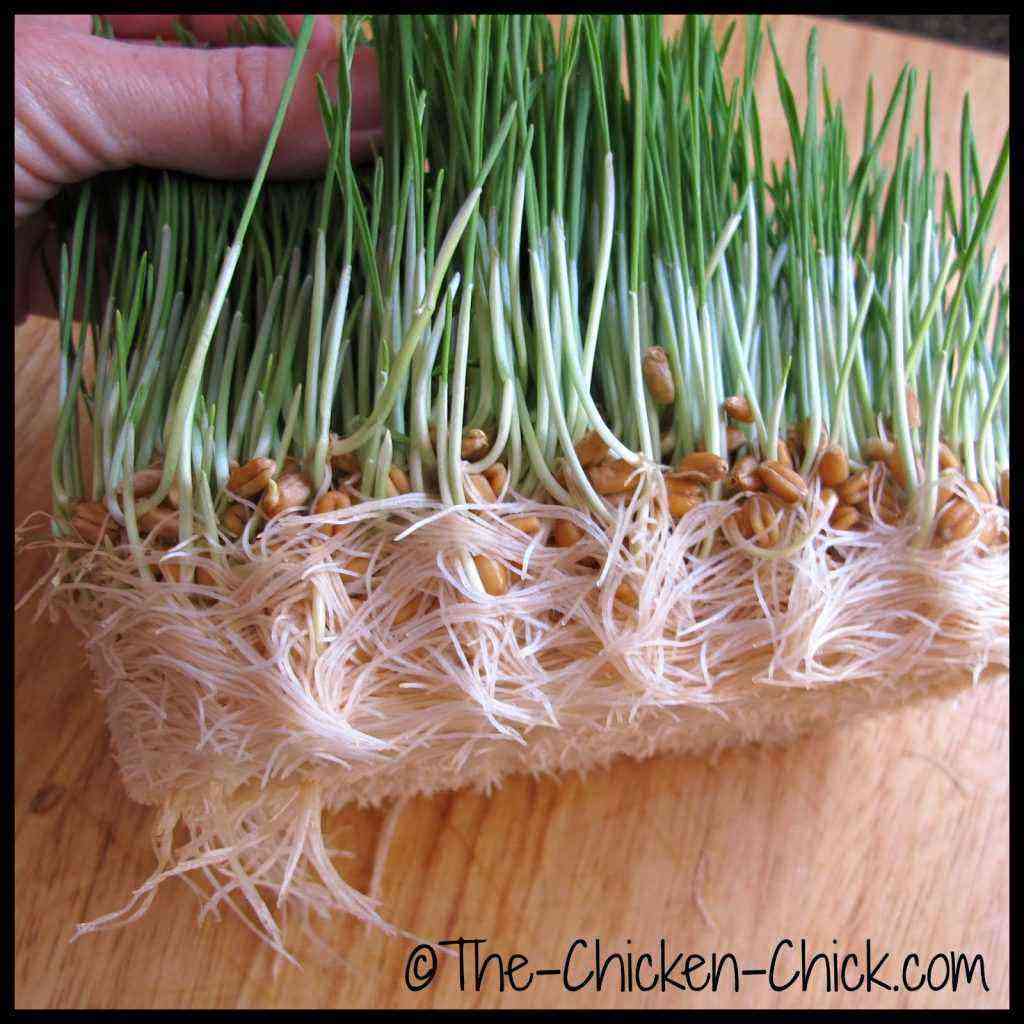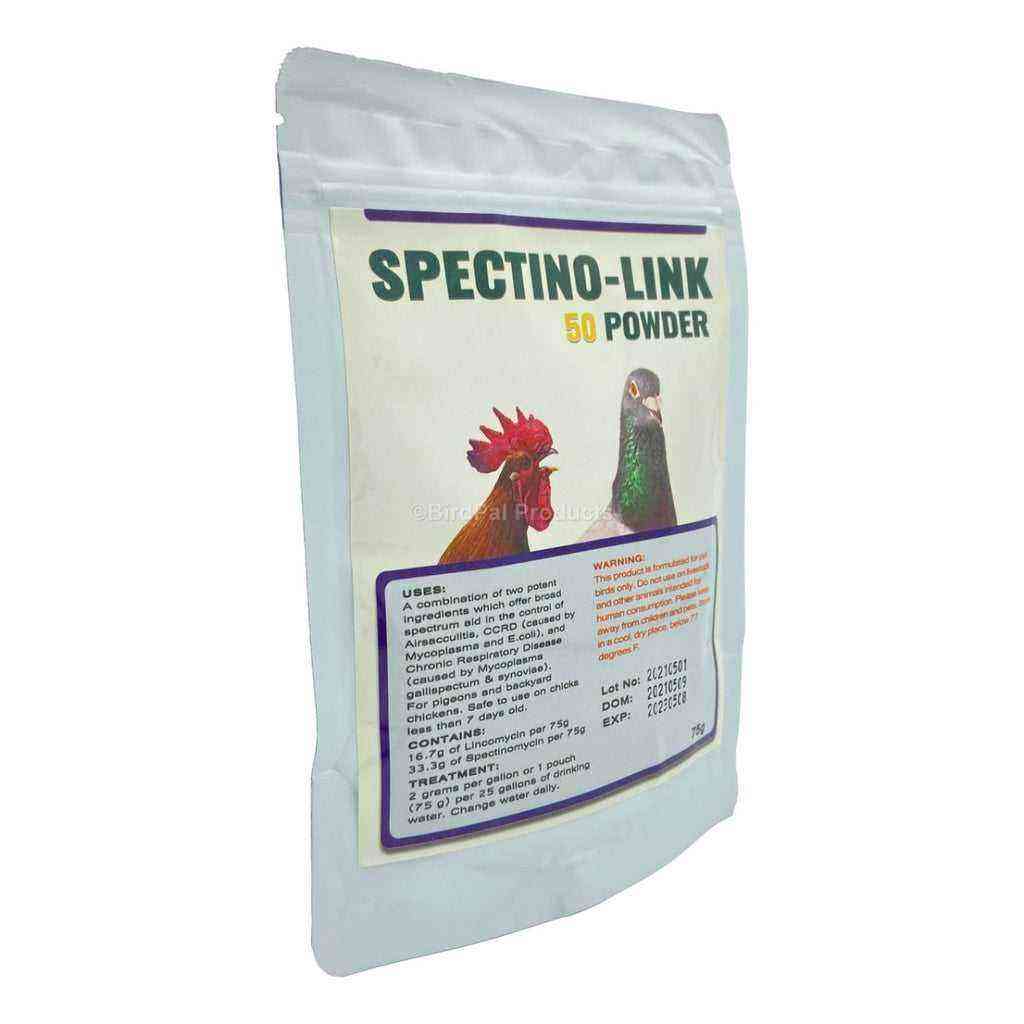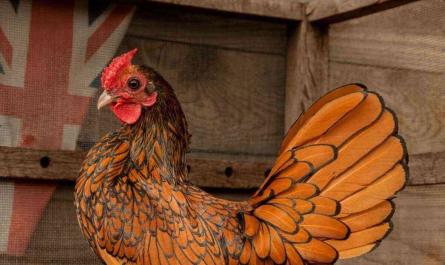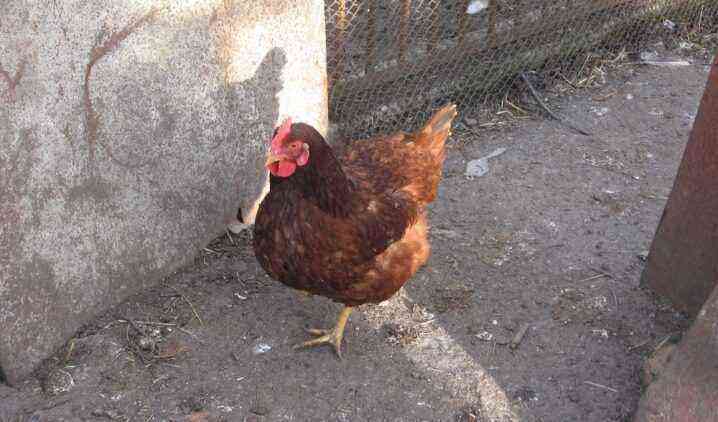Sometimes poultry farmers are faced with the problem of the appearance of Marek’s disease in their feathered pets. It is also called neurolymphomatosis. A sick chicken transmits the virus very quickly. It is secreted in various ways: through the breath, the digestive tract, and even the skin-feather follicles. All birds become infected with Marek’s disease, as well as chickens that “catch” it while still being embryos in the egg.
Sick chickens stand out from the rest of the population because of lameness, paralysis of the wings, neck, tail and legs. Some infected individuals develop blindness and change the iris of the eyes. They lose their appetite and their comb dries out.
In addition to external signs that immediately become noticeable to the eye, the bird undergoes significant changes inside, in the body. The main ones are: an increase in the liver, the appearance of a jelly-like mass in the stomach and spleen, a change in the kidneys.
Basically, the disease affects chickens at the age of two to four months. Sometimes older birds – five and six months old – become infected. If the livestock is not vaccinated, half of the feathered “herd” usually dies. Chickens live with neurolymphomatosis for about a month, then death occurs.
There is no way to cure an infected bird. Marek’s disease has no cure. Therefore, in order to prevent infection of feathered pets, they must be vaccinated in the first day of life.
In case of infection of chickens with Marek’s disease, the livestock must be eliminated, destroyed. And before buying new birds, the chicken coop is subject to thorough and immediate disinfection, which is carried out with the help of ash liquor.
Having processed the poultry house, you can buy a new livestock. But it must be vaccinated. Otherwise, the return of neurolymphomatosis and re-infection of already new feathered pets is not ruled out.

